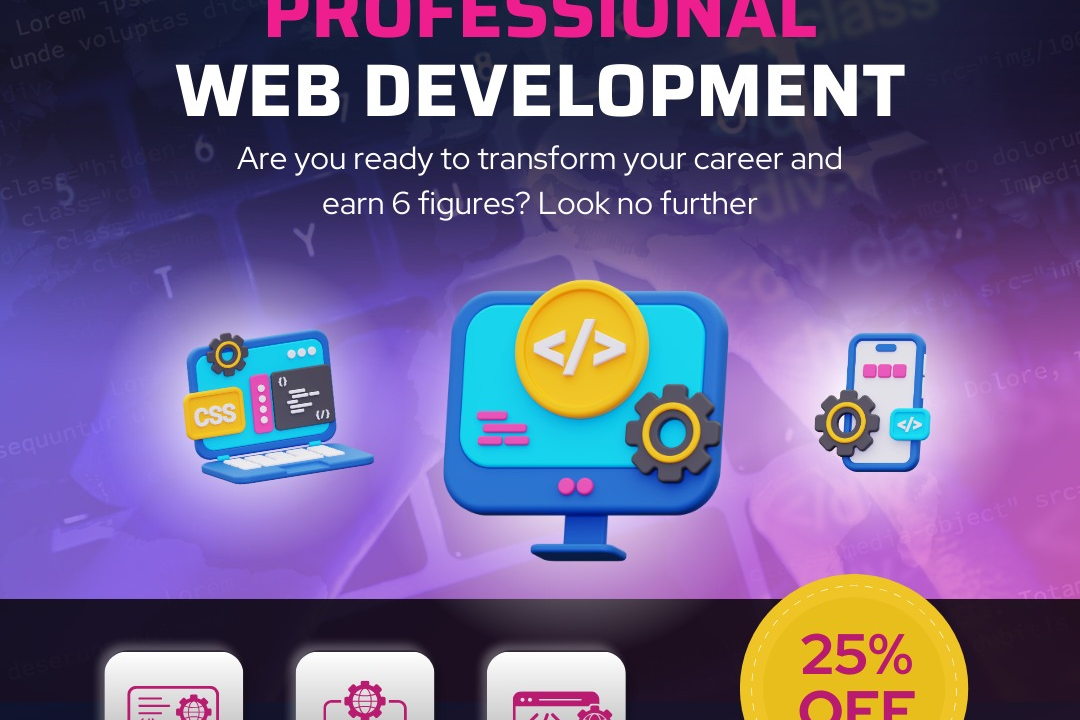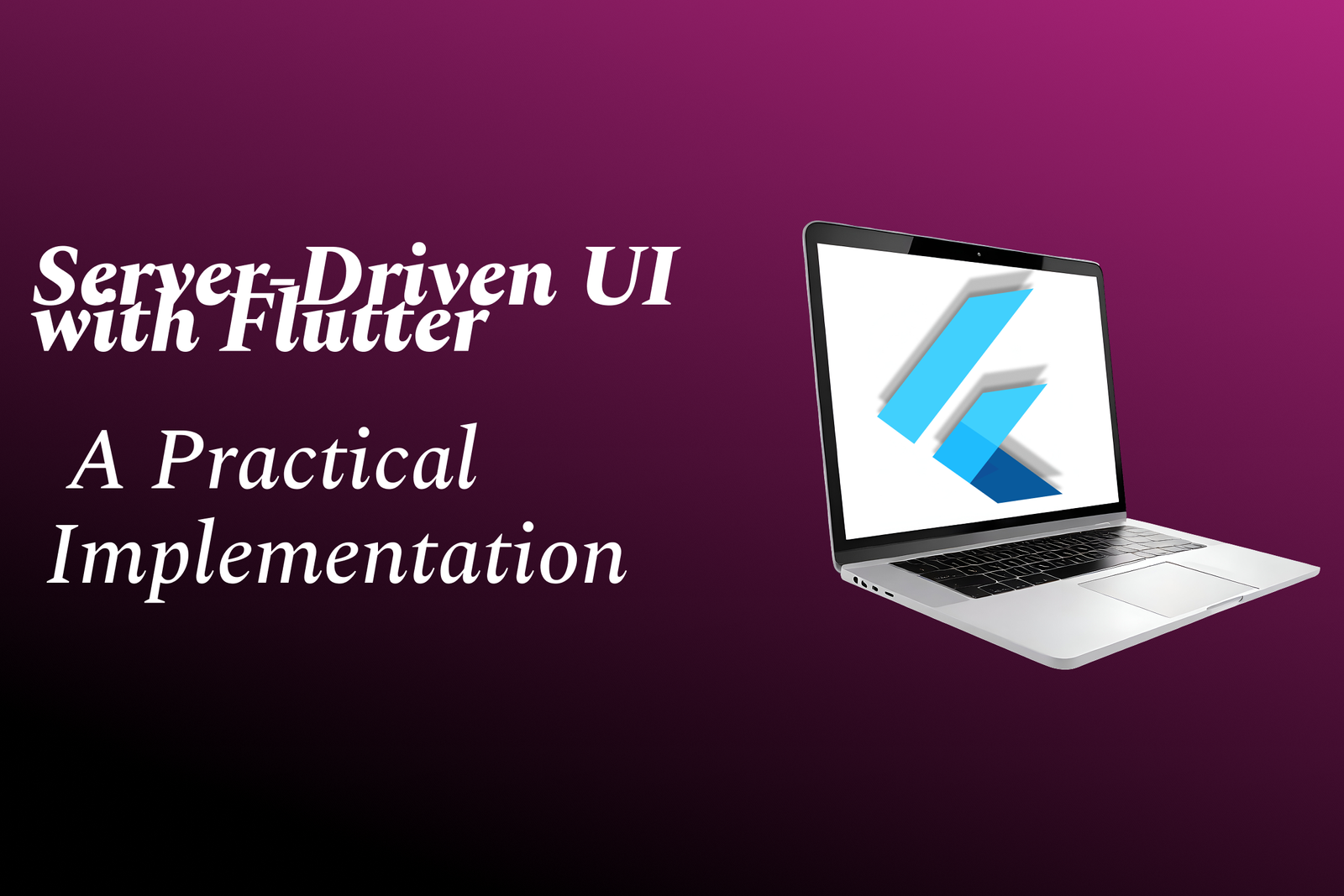How to Connect PHP Program to MySQL
Connecting a PHP program to a MySQL database involves using PHP's built-in functions such as mysqli
How to Connect PHP Program to MySQL
Connecting a PHP program to a MySQL database is essential for developing dynamic, data-driven websites and applications. This connection enables PHP to interact with the database—retrieving, inserting, updating, or deleting data in real-time—which is crucial for functionalities like user authentication, content management, and e-commerce operations. Using PHP's mysqli or PDO extensions to establish this link allows developers to build secure and efficient applications that respond dynamically to user input and facilitate seamless data handling. Proper database connectivity thus forms the backbone of robust web development, enhancing user experience and operational efficiency.
To Download Our Brochure: https://www.justacademy.co/download-brochure-for-free
Message us for more information: +91 9987184296
Connecting a PHP program to a MySQL database is essential for developing dynamic, data driven websites and applications. This connection enables PHP to interact with the database—retrieving, inserting, updating, or deleting data in real time—which is crucial for functionalities like user authentication, content management, and e commerce operations. Using PHP's mysqli or PDO extensions to establish this link allows developers to build secure and efficient applications that respond dynamically to user input and facilitate seamless data handling. Proper database connectivity thus forms the backbone of robust web development, enhancing user experience and operational efficiency.
Course Overview
This course teaches you how to connect PHP programs to MySQL databases efficiently, covering essential concepts, best practices, and real-time project implementation to enable dynamic web development.
Course Description
Learn to seamlessly connect PHP programs with MySQL databases, mastering essential techniques for dynamic web development through real-time projects and best practices.
Key Features
1 - Comprehensive Tool Coverage: Provides hands-on training with a range of industry-standard testing tools, including Selenium, JIRA, LoadRunner, and TestRail.
2) Practical Exercises: Features real-world exercises and case studies to apply tools in various testing scenarios.
3) Interactive Learning: Includes interactive sessions with industry experts for personalized feedback and guidance.
4) Detailed Tutorials: Offers extensive tutorials and documentation on tool functionalities and best practices.
5) Advanced Techniques: Covers both fundamental and advanced techniques for using testing tools effectively.
6) Data Visualization: Integrates tools for visualizing test metrics and results, enhancing data interpretation and decision-making.
7) Tool Integration: Teaches how to integrate testing tools into the software development lifecycle for streamlined workflows.
8) Project-Based Learning: Focuses on project-based learning to build practical skills and create a portfolio of completed tasks.
9) Career Support: Provides resources and support for applying learned skills to real-world job scenarios, including resume building and interview preparation.
10) Up-to-Date Content: Ensures that course materials reflect the latest industry standards and tool updates.
Benefits of taking our course
Functional Tools
1 - MySQL Workbench: MySQL Workbench is a visual database design tool that facilitates database modeling, SQL development, and server administration. During the training program, students learn how to use this tool to create, manage, and optimize MySQL databases. It provides an intuitive graphical interface to write and test SQL queries, visualize database structures, and manage database connections efficiently. Mastering MySQL Workbench helps students understand database architecture, perform complex queries, and troubleshoot database issues easily, thereby bridging the gap between theoretical knowledge and real world application.
2) PHPMyAdmin: PHPMyAdmin is a freely available web based interface for managing MySQL databases. Its user friendly interface simplifies database operations like creating databases, running SQL queries, importing/exporting data, and managing tables. In our training, students are guided on how to leverage PHPMyAdmin for quick database setup and management tasks. This tool enhances understanding of SQL commands through direct interaction, which builds confidence in handling database operations without extensive command line experience. It is especially useful for visual learners and provides a practical platform to experiment with database connectivity concepts.
3) XAMPP / WAMP Server: XAMPP and WAMP are popular local server environments that package Apache, MySQL, PHP, and other necessary components into an easy to install package. During the course, students are introduced to setting up these platforms as a development environment for PHP and MySQL projects. They learn how to start and configure the local server, test PHP MySQL connectivity, and troubleshoot server side issues. These tools simulate a live server environment on local machines, making it easier for students to practice and develop their projects without needing remote hosting. The hands on experience with these tools prepares students for deploying programs to live servers later.
4) Text Editors (Sublime Text / VS Code): Text editors like Sublime Text and Visual Studio Code are essential for writing, editing, and managing PHP scripts and SQL statements. Students are trained on features like syntax highlighting, code completion, and debugging tools that enhance coding efficiency. During the program, they learn how to connect PHP files with database credentials directly within these editors, ensuring a seamless development experience. These tools also support plugin integrations, enabling students to customize their coding environment for better productivity, code management, and version control.
5) Command Line Interface (CLI): A command line interface is crucial for executing SQL commands directly on the MySQL server. In the training program, students are introduced to using the MySQL CLI to interact with databases, execute queries, and troubleshoot connectivity issues. Learning CLI commands like `mysql u username p` helps students understand underlying database operations beyond GUI tools, fostering a comprehensive grasp of database management. Proficiency in CLI enhances troubleshooting skills, allows for scripting automation, and prepares students for advanced database and server administration tasks.
6) PHP Development Frameworks (Optional): Although not mandatory, some courses incorporate frameworks like Laravel or CodeIgniter to streamline PHP development. Students are shown how these frameworks facilitate connecting PHP applications with databases more efficiently through built in ORM tools and database abstraction layers. Learning these frameworks helps students understand best practices in structuring applications, managing database migrations, and securing database operations. They also provide practical knowledge about maintaining scalable and secure web applications, which is highly valued in industry projects.
7) SQL Clients and Query Builders: Apart from PHPMyAdmin and MySQL Workbench, students may explore SQL clients like HeidiSQL or DBeaver that offer advanced features for managing multiple connections and writing complex queries. These tools provide drag and drop features, syntax highlighting, and integrated debugging options, helping students optimize their workflow. Understanding how to utilize these tools during training empowers students to handle database queries more efficiently and develop better structured, performance optimized database interactions within PHP programs.
8) Version Control Systems (Git): Version control tools like Git are integrated into the training to help students manage their codebase and track changes across their PHP files and database scripts. Students learn how to initialize repositories, commit changes, and collaborate with others using platforms like GitHub. This knowledge ensures that their PHP MySQL projects are maintainable, versioned, and reproducible, which is vital in professional development environments. It also encourages best practices in collaborative coding and project management.
9) Familiarization with Hosting and Deployment Tools: The course introduces students to using FTP clients like FileZilla for uploading PHP MySQL applications to live servers. They also learn about SSH clients like PuTTY for secure server access if deploying on remote Linux environments. Understanding these tools helps students transition from local development to production, manage server files, and troubleshoot deployment issues. Acquiring skills in deployment tools ensures their projects are ready for real world use and client delivery, covering the entire development lifecycle.
10) Database Design and Modeling Tools: In addition to connection tools, students are introduced to database design tools such as ERD (Entity Relationship Diagram) software, which aid in planning and visualizing database structures before implementation. Using these tools, students learn how to design normalized databases, define relationships, and create logical schemas that improve data integrity and efficiency. This foundational knowledge ensures their PHP applications interact with well structured databases, reducing errors and improving scalability for real time projects.
11 - PHPMyAdmin’s Import/Export Features: Students learn how to efficiently import and export large datasets using PHPMyAdmin’s user friendly interface. This skill is essential for migrating databases between environments, backing up data, and restoring databases swiftly. Mastering these features ensures smooth data transfer and reduces potential errors during data handling, which is crucial for maintaining data integrity in real world projects.
12) Handling Database Security & User Management: The training emphasizes best practices for securing MySQL databases by creating user accounts with appropriate privileges and implementing password policies. Students learn how to set up secure authentication methods and manage user permissions through PHPMyAdmin or command line tools. These skills help protect sensitive data and ensure compliance with security standards during project deployment.
13) Understanding Indexing & Query Optimization: Students are introduced to index creation and query optimization techniques within MySQL. They learn how to analyze query execution plans and apply indexing strategies to improve database performance. This knowledge is vital for developing scalable PHP applications that can handle large datasets effectively in real time scenarios.
14) Using Stored Procedures & Triggers: As part of advanced database concepts, students explore creating stored procedures, functions, and triggers in MySQL. These elements automate complex data operations and enforce business rules at the database level, leading to more efficient and reliable PHP MySQL applications.
15) Database Backup & Recovery Strategies: The course teaches students how to implement backup routines and recovery procedures using tools like mysqldump and PHPMyAdmin. Understanding disaster recovery planning ensures data safety and continuity of services, which are critical skills in professional environments.
16) Integrating PHP with Multiple Databases: Students gain experience in connecting PHP applications to multiple database systems, such as MySQL and MariaDB, including handling different connection protocols and configurations. This flexibility prepares them to work in diverse hosting environments and client requirements.
17) REST API & Data Integration: Training includes creating RESTful APIs that facilitate data exchange between PHP applications and other systems, often involving database interactions. This skill enhances students' ability to develop interoperable, scalable, and secure web applications leveraging database CRUD (Create, Read, Update, Delete) operations.
18) Performance Monitoring Tools: Students are introduced to monitoring tools and logs that help track database and server performance, enabling proactive troubleshooting. This knowledge ensures their PHP MySQL applications operate efficiently under load, offering better user experience and reliability.
19) Real time Data Handling & WebSockets: Some advanced modules cover handling real time data updates using WebSockets and integrating them with PHP and MySQL. This enables students to develop dynamic applications like dashboards, chat systems, or live feeds, which are vital in modern web development.
20) Certificate of Completion & Industry Relevant Projects: All practical skills are reinforced through real time projects and case studies, culminating in certifications that validate competency in PHP MySQL development. These credentials help students showcase their expertise to potential employers or clients, supporting career growth in web development, database management, and related fields.
Browse our course links : https://www.justacademy.co/all-courses
To Join our FREE DEMO Session:
This information is sourced from JustAcademy
Contact Info:
Roshan Chaturvedi
Message us on Whatsapp: +91 9987184296
Email id: info@justacademy.co
Basic Written Test In Interview On Php
Flutter Tuturials Udemy Free Download
Basic Mysql Php Program
Step-by-Step Guide to Connecting PHP Programs with MySQL Databases for Beginners
How to Connect PHP with MySQL Database: Step-by-Step Guide for Beginners
Step-by-Step Guide: How to Connect PHP Program to MySQL Database for Beginners
Step-by-Step Guide: How to Connect PHP Program to MySQL Database for Beginners











